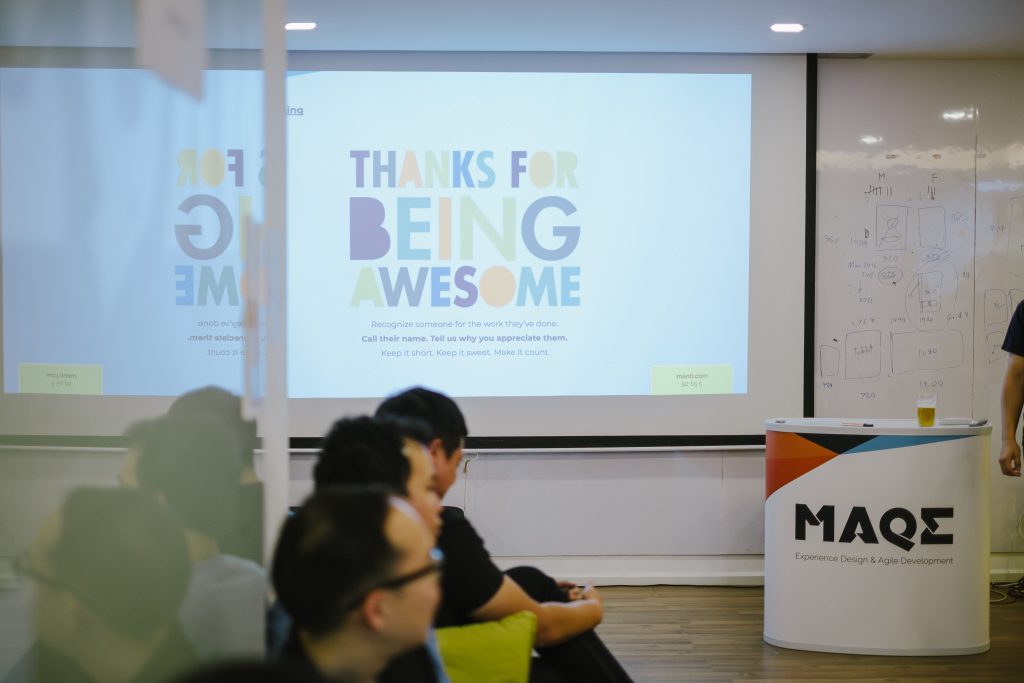
Key Takeaways
- Business agility is “the ability of a business system to rapidly respond to change”.
- Leadership and support functions need to coach their employees to help them adapt to business agile practices.
- Becoming business agile can help to keep a company ahead of the competition and help them to serve their customers better
Business agility as a concept is a subject of strong debate in strategy circles. But widespread awareness and adoption of business agile practices remains limited. Many companies continue to operate in the same way. Some have even viewed business agility as something of a “tech thing”.
But then the COVID-19 pandemic happened.
Such a disruptive event has the potential to change everything. While at the time of writing we are still very much in the middle of the crisis, there is one thing we can be sure of. How we live and work is going to change.
So, what is business agility? Why does it matter?
What Is Business Agility?
Evan Leybourn defines business agility as “the ability of a business system to rapidly respond to change”. The nature of change that Leybourn refers to can take many different forms. For example:
- Market changes
- Customer demand
- Technological change
- Social change
To maintain competitiveness in a market, being able to adapt to change is essential. And that is where business agility comes in.
Business agility focuses on adopting new practices, values and behaviors. This can help an organization continuously evolve.
This evolution helps businesses and individual team members become more adaptable. It fosters a creative approach when dealing with complex issues, problems and uncertainties.
Creativity and adaptability don’t only lead to good business outcomes. A creative and adaptable culture also keeps people engaged and happier in their work.

Why Business Agility Matters
Business agility helps organizations be more creative, adaptable and resilient. It can keep a company ahead of the competition and help them to serve their customers better.
But it is a risk to the status quo. So it’s understandable that some organizations may be skeptical about the need to take on such a big project. By nature, businesses prefer stability. But when market and social conditions are volatile, that need for stability can become a risk.
Being nimble and having the ability to pivot with changing conditions will let a business not only survive, but also thrive.
Business Agility Mindsets
If an organization needs to become business agile, it’s people need to have the right mindset. But it’s up to leadership and other support functions to coach people to think about their mindset and how they view change.
Here are some examples of business agility mindsets that can help people adapt to change.

1. Growth Mindset
When dealing with change, it’s important to try to maintain an open outlook. And being open to new challenges is key to having a growth mindset.
If people believe they can change, increase their skills and take on new challenges, they are displaying a growth mindset. People with a growth mindset tend to be more agile. They can take change in their stride and view uncertainty as an opportunity.
But to understand the growth mindset, it’s important to understand its opposite. The fixed mindset.
Professor Carol Dweck defined a fixed mindset in her book Mindset. A fixed mindset is when people believe that their qualities and talents cannot change.
People with a fixed mindset may avoid challenges and be resistant to organizational change.
Many people can move from a growth mindset to a fixed mindset in different circumstances. But someone with a fixed mindset can take feedback more negatively than it’s intended. This can be a barrier to an organization seeking to build their business agility. But with the right leadership and coaching, anything is possible.

2. Open Mindset
People with an open mindset are open to ideas from their colleagues and they take those ideas seriously. With a closed mindset, the opposite is true.
An open mindset means that someone is open to ambiguity and change. They can navigate this well and they are not afraid of being wrong or failing. They are quite happy to have a hypothesis proven incorrect if they find the truth.
In the context of business agility, people with an open mindset are very open to experimentation. This can lead to breakthroughs and positive business outcomes. Experimentation is key to fostering business agile practices within an organization. So having employees who have an open mindset can bring real innovation.
Being agile means seeing new opportunities and being willing to experiment in challenging times. Navigating ambiguity is much easier if you have an open mind.
Again, with coaching and mentoring, it’s possible to change from having a closed mindset to an open mindset. Management and support teams like HR must take a leading role in this process.

3. Promotion Mindset
A promotion mindset is generally focused on making gains and winning. This can take many forms. The opposite is a prevention mindset. A prevention mindset is more focused on not losing and avoiding problems.
When faced with change and ambiguity, someone with a prevention mindset can have issues. They are likely to become risk-averse and be reluctant to change the status quo.
When an organization is seeking to build business agility, willingness to fail and learning from failure are vital.
To combat a fear of failure and the prevention mindset, it’s up to management to provide a space where people feel comfortable enough to take risks. If people think that if their idea or experiment is going to be perceived as a failure, they are more likely to have a prevention mindset.
Having a culture where failure becomes a lesson can help people to adopt a promotion mindset.

Company Culture
Creating a company culture can take years of work.
Even when a company culture and environment is carefully planned it can take a long time for behaviors to become ingrained.
Business agility is a threat to the status quo. If a company already has an ingrained company culture, change is a threat to something that people already know.
Cultural Buy-in
The implementation of business agile practices should be done carefully. This is partly due to the mindsets described above. When the decision is made to change or build on existing agile practices, an organization needs full buy-in from its people.
Without educating your team on the reasons for change, it’s difficult for people to adjust and take on a culture of experimentation.
The Agile Business Consortium describes some core values associated with agility.
- Innovation & Learning over the status quo
- Inspiring Leadership over conservative management
- Collaboration and Autonomy over hierarchical control
- Collective purpose over self-interest
These core values all need cultural buy-in from a team. So it’s up to leaders and support functions within your organization to communicate these values to team members.
An organization’s lifeblood is its people. Businesses need to give people the tools they need to deal with change.
Demystifying change, and providing a framework to deal with it, is one of the positives of a business agility project. Making change feel natural, rather than something that’s dropped on people’s heads, is a big cultural shift. It can change how people view their role and themselves.
Actions You Can Take Today
Here are some actions you can take today to start thinking about your organization and its current level of business agility.
- Ask team members what they think about change. Try sending out a survey to get an idea of the types of mindsets people have.
- Look at your competitors. Would you say they are structured in a more agile way? What lessons can you learn from them and what could you improve?
- Think about the market your organization operates in. Is it vulnerable to disruption?

How MAQE Can Help You
If your organization wants to become business agile, or build on their existing business agility model, we can help. We’ve been aiding technological change and working Agile for several years.
MAQE puts people first. We look at transformation from a human perspective. This informs our technical solutions and our organizational transformation projects.
If you want to talk about Business Agility, but you’re not sure where to start, feel free to get in touch. We’d love to help. Reach out to us via [email protected], so we can have a coffee and talk about your needs.